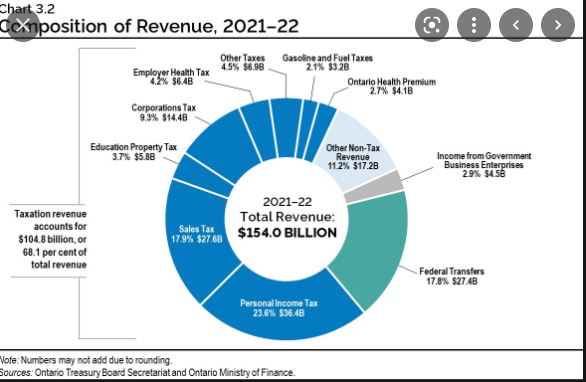Employee vs. Self- Employed
Determining whether an individual is an employee or an independent contractor has crucial implications for legal and tax purposes. Individuals need to determine their employment status to classify income as either business income or employment income. Corporations will need to make the determination to classify their income as either active business income or personal services business income.
Several factors are considered in determining whether an individual is an employee or independent contractor, based on the relationship of the contractual agreement. Generally, there is a two-step test
Step 1
The intent of the relationship. Was the intent to enter a “contract of service” (employee) or a “contract for services” (business relationship). The intent is usually documented in a written agreement such as an employment letter, service agreement etc. sometimes the intent is not clear to one or either party, in which case several facts are considered before concluding the nature of the relationship.
Step 2
The CRA will look at several facts and ask specific questions to understand the relationship. In general, the CRA will look at:
1) Control
Who has control over how the work is executed? Does the worker decide the process, schedule and the place of work or is the hirer in-charge of determining the process?
2) Ownership of tools
Does the worker provide most of the tools to perform the job at hand? For instance, if hired to complete a paint job and the worker purchases the ladder, paints, brushes and completes the job for the client, the worker is most likely an independent contractor. This test not only looks at what tools are provided but the cost as well, since the more significant the investment, it is likely to be a contract for services.
3) Opportunity for profit
Who runs the risk of a profit or loss from the job? Do the profits from the service remain with the worker or the person hiring? If there is damage to any equipment during the job, does the worker pay for its repair or is the employer responsible?
4) Integration
If the worker’s activities are integrated with the commercial activities of the payer, then the worker is performing business services. For instance, if the worker is writing software code and the payer is in business to deliver software consulting, then the worker’s activities are integrated with the payer’s. However, to prove that the payer’s activities are integrated with the worker’s, then the worker would need to prove that he/she provides programming services for multiple clients and has a portfolio of services that he/she delivers. If the worker only worked for a single client and their daily activities integrated with that of the payer’s, then the worker could be considered an employee.
Tax Implications
Individuals that are considered employees are required to withhold and remit Canada Pension Plan (CPP) and Employment Insurance (EI) premiums via their employer. The employer, too, is required to remit their portion of the withholding. The income is taxed as employment income based on graduated tax rates.
As a self-employed person, all business expenses can be deducted from business income. The individual is not required to remit EI but may choose to voluntarily participate. The individual will also need to keep thorough records and bookkeeping. The income is taxed as business income, based on graduated tax rates.
Disclaimer:
The information provided on this page is intended to provide general information. It is not a tax advice and your personal situation may be different. Jawed Asrani CPA, CGA and Asrani CPA Professional Corporation will not be held liable for any problems that arise from the usage of the information provided in this page.




